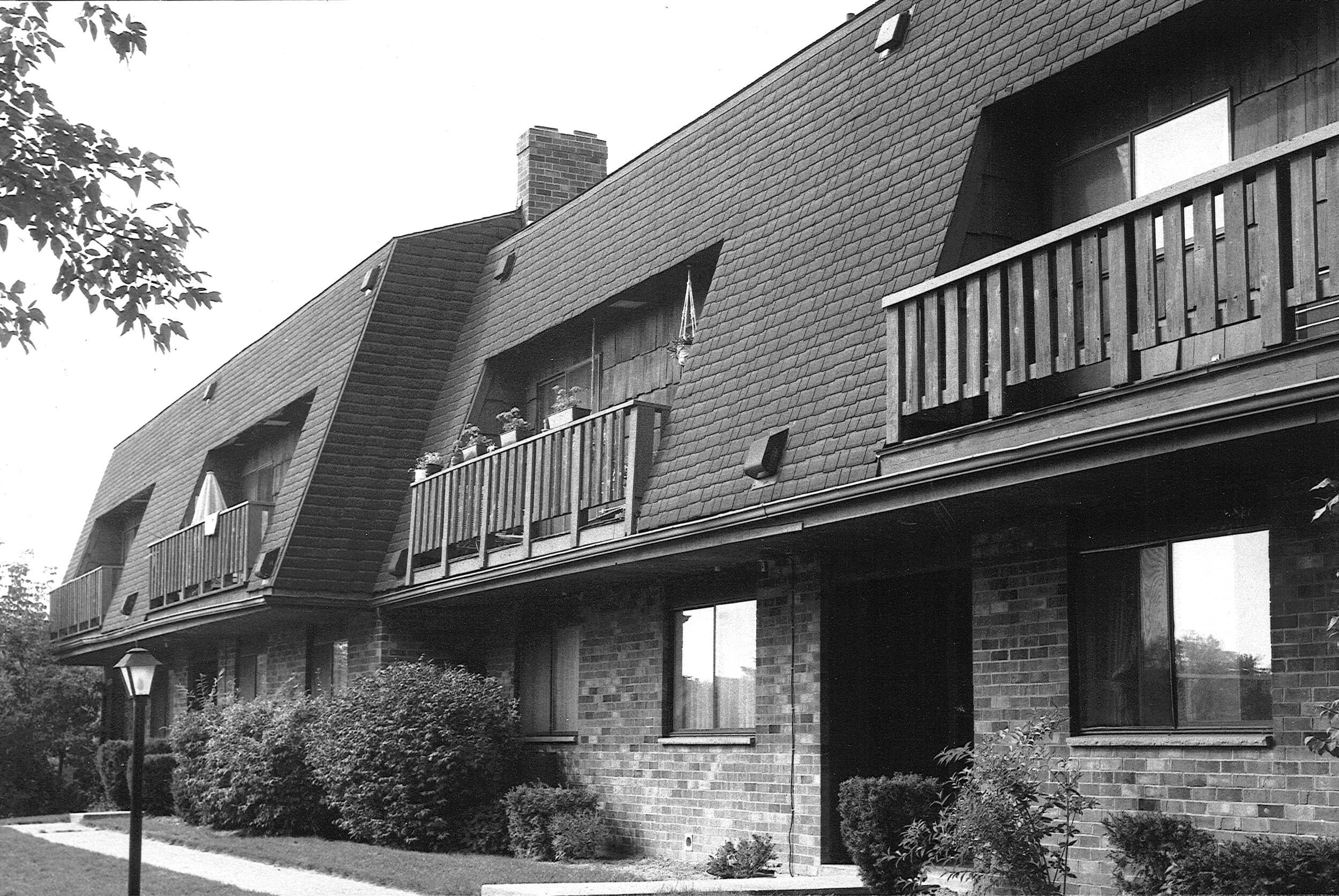The Architecture of James H. Johnson
Historic Resource Survey





This comprehensive historic resource survey documented the career and buildings of architect James H. Johnson in the greater Rochester, New York area, where he worked from 1957 until his death in 2016. During this period, Johnson was responsible for a remarkable body of work that includes some of the region’s most distinctive public, private, and religious buildings, as well as an iconic piece of public art.
He is known locally as the designer of the Antell-Whitman House (better known as the “Mushroom House”), Liberty Pole, and Temple Sinai, but his other works were not generally well known by the general public or the architectural community. From his earliest projects to some of his last, Johnson thought expansively about integrating architecture with other art forms, and regularly collaborated with artists working in other fields, incorporating their artistic visions into his own.
While his expertise with large-scale concrete construction brought him around the world on a few occasions, he spent almost all of his career working in the Rochester area, where his daring, expressive designs remain some of the boldest and most creative contributions to the region’s architectural heritage.
